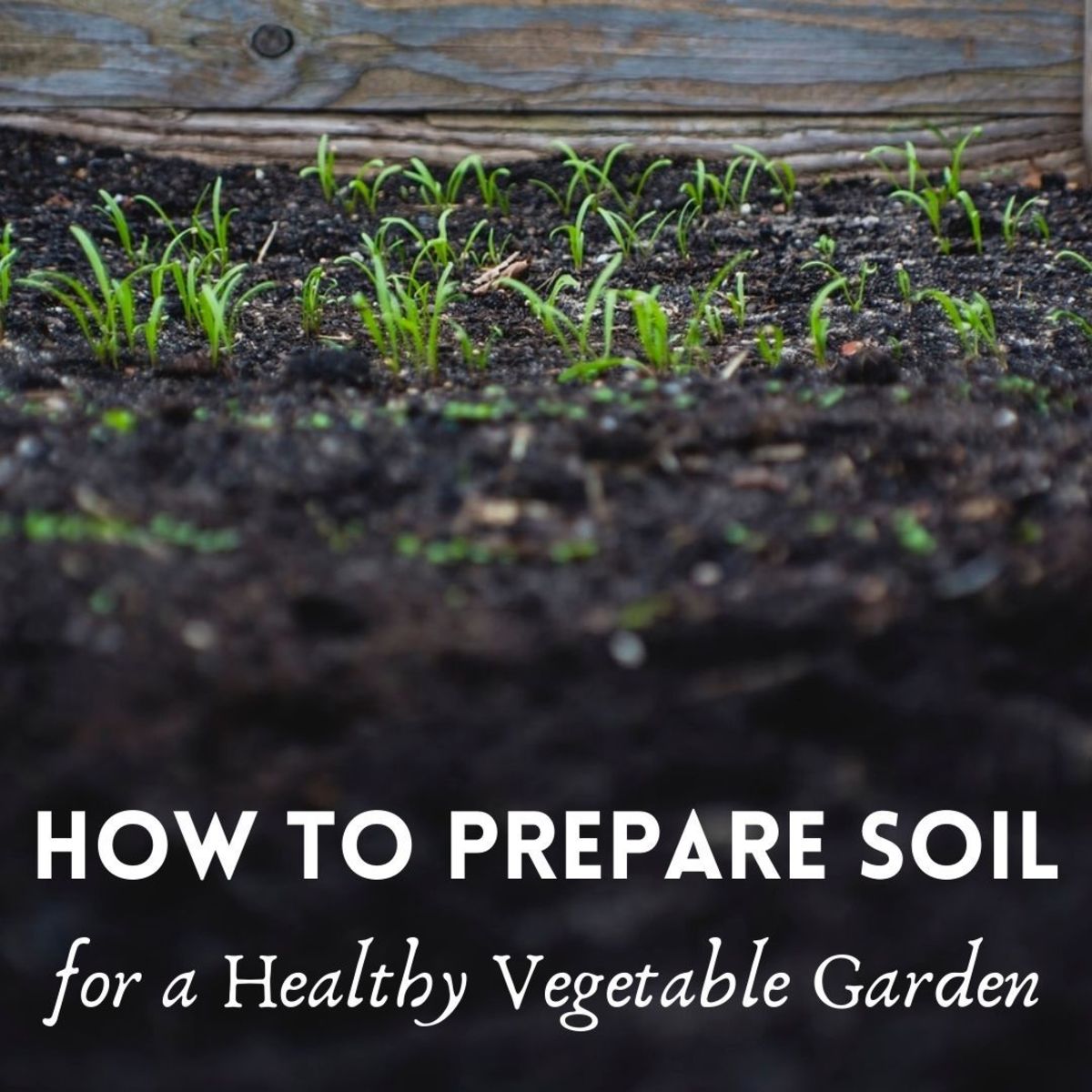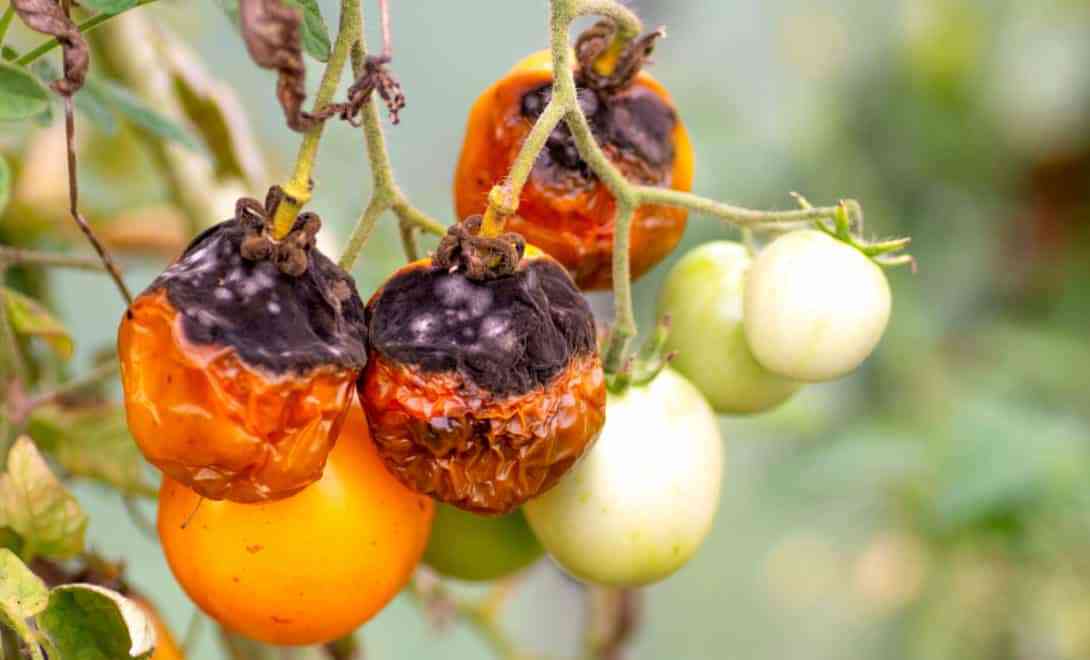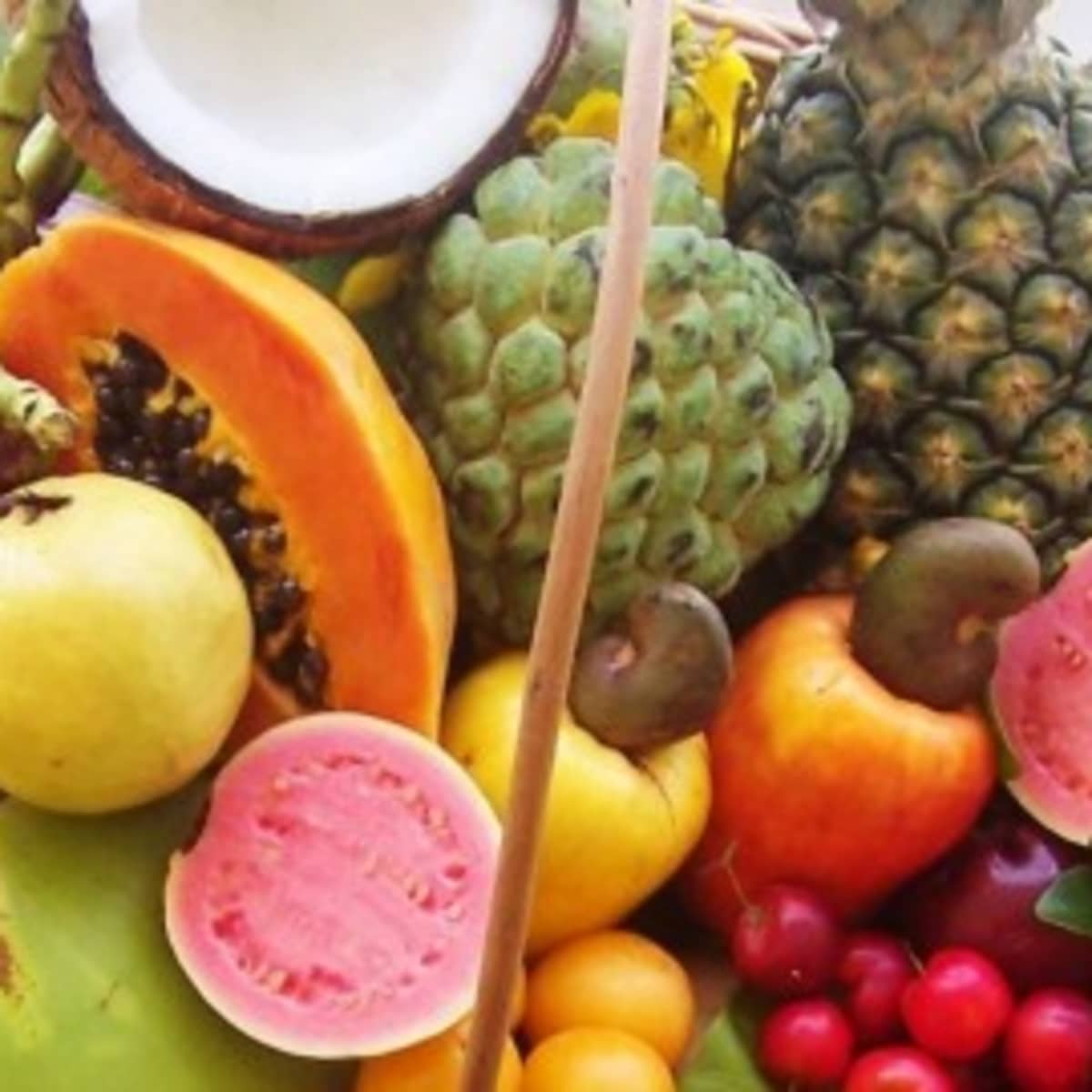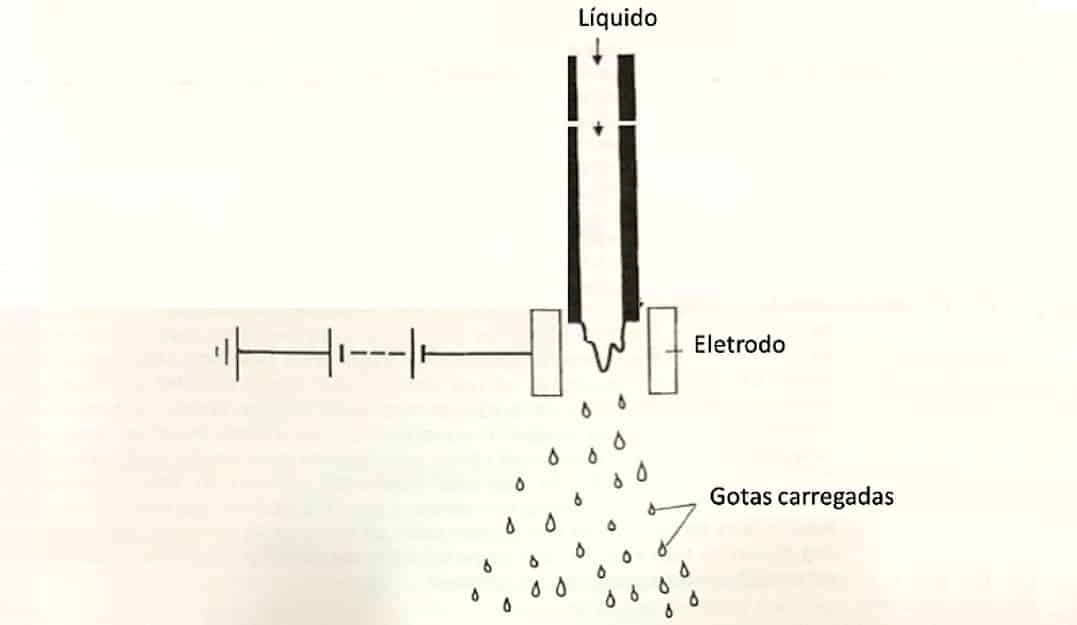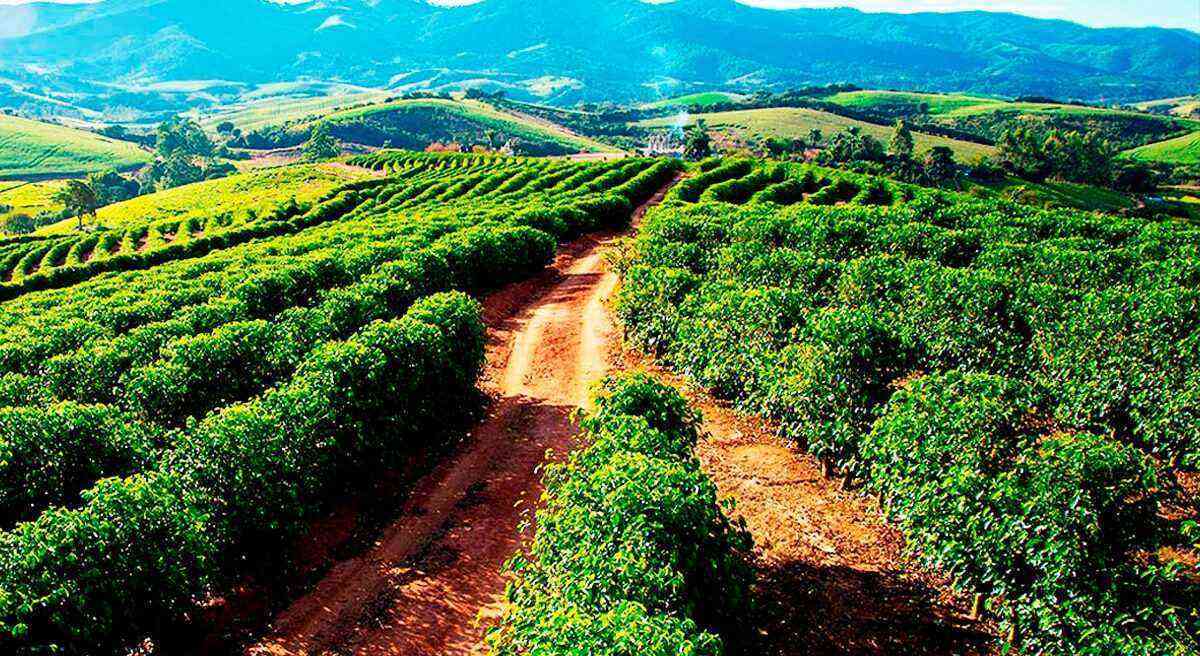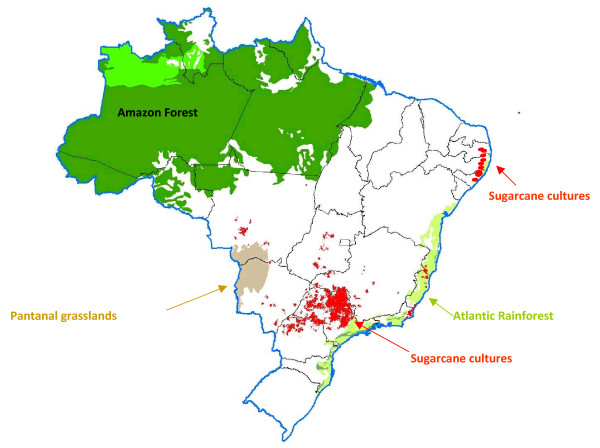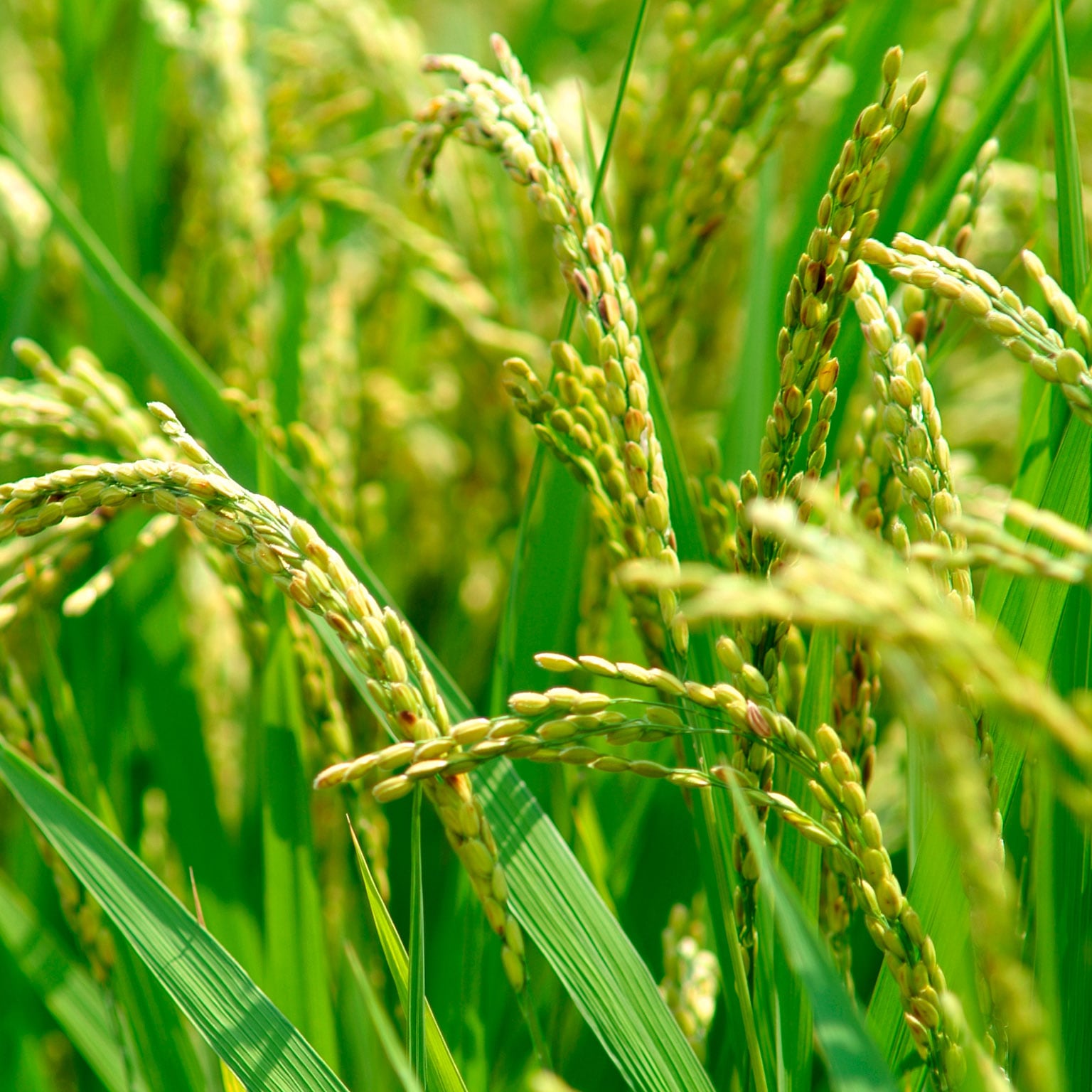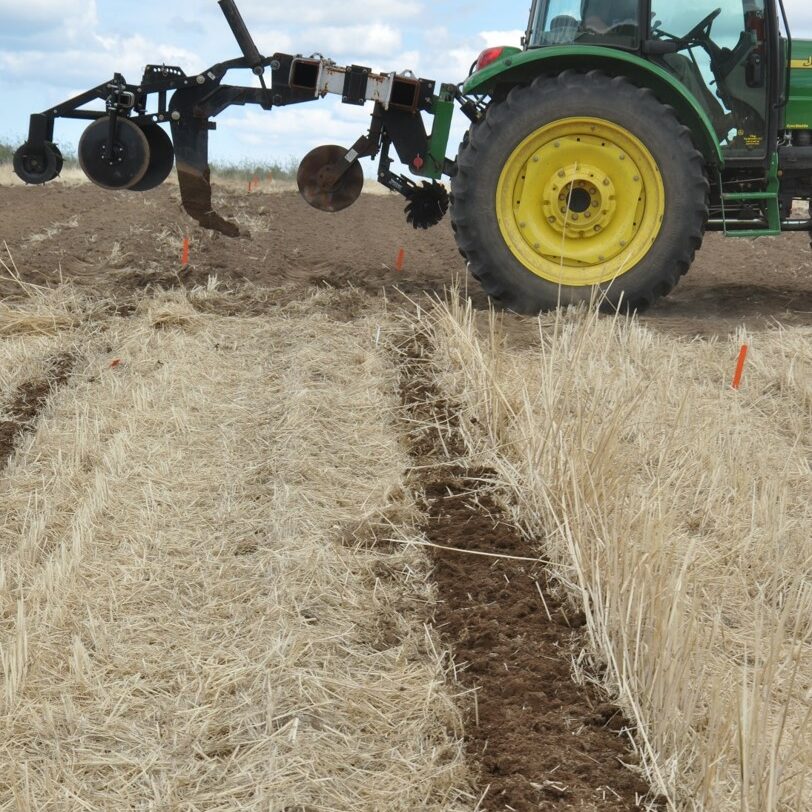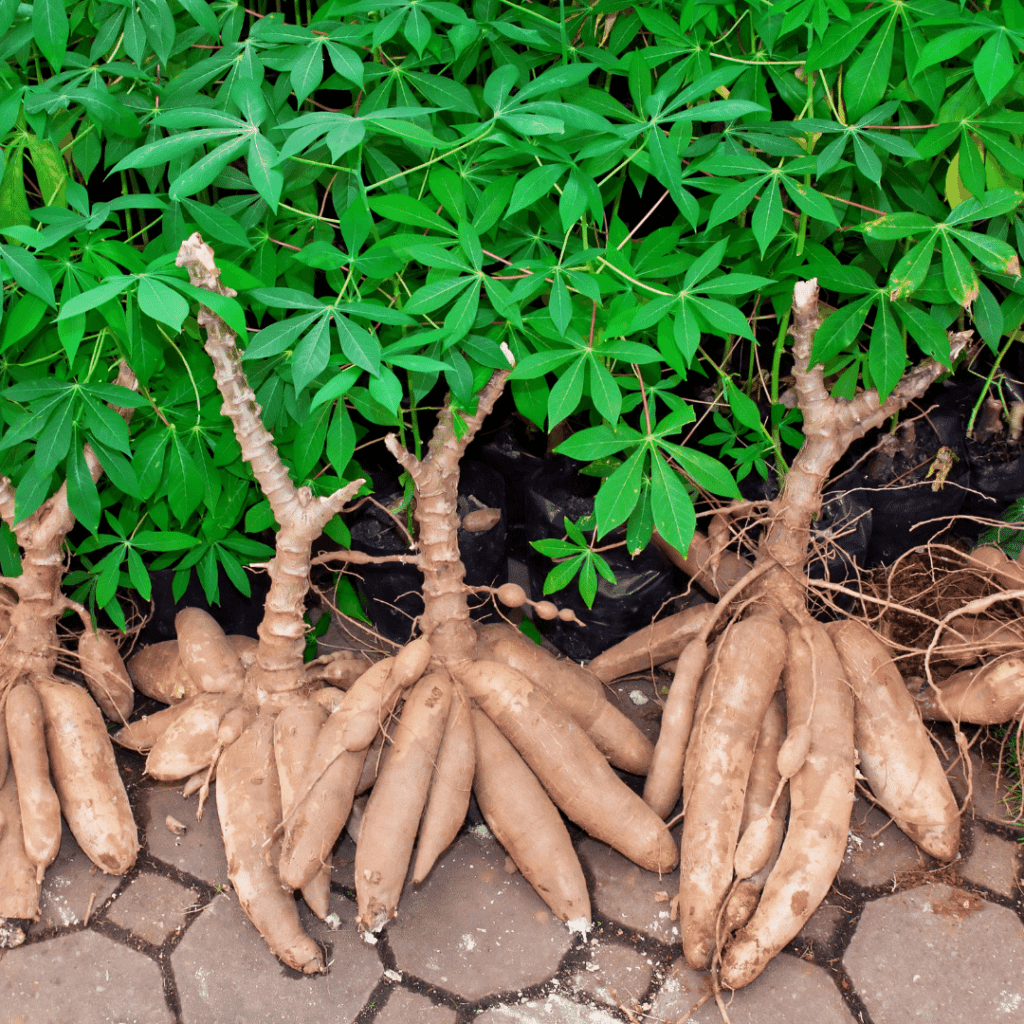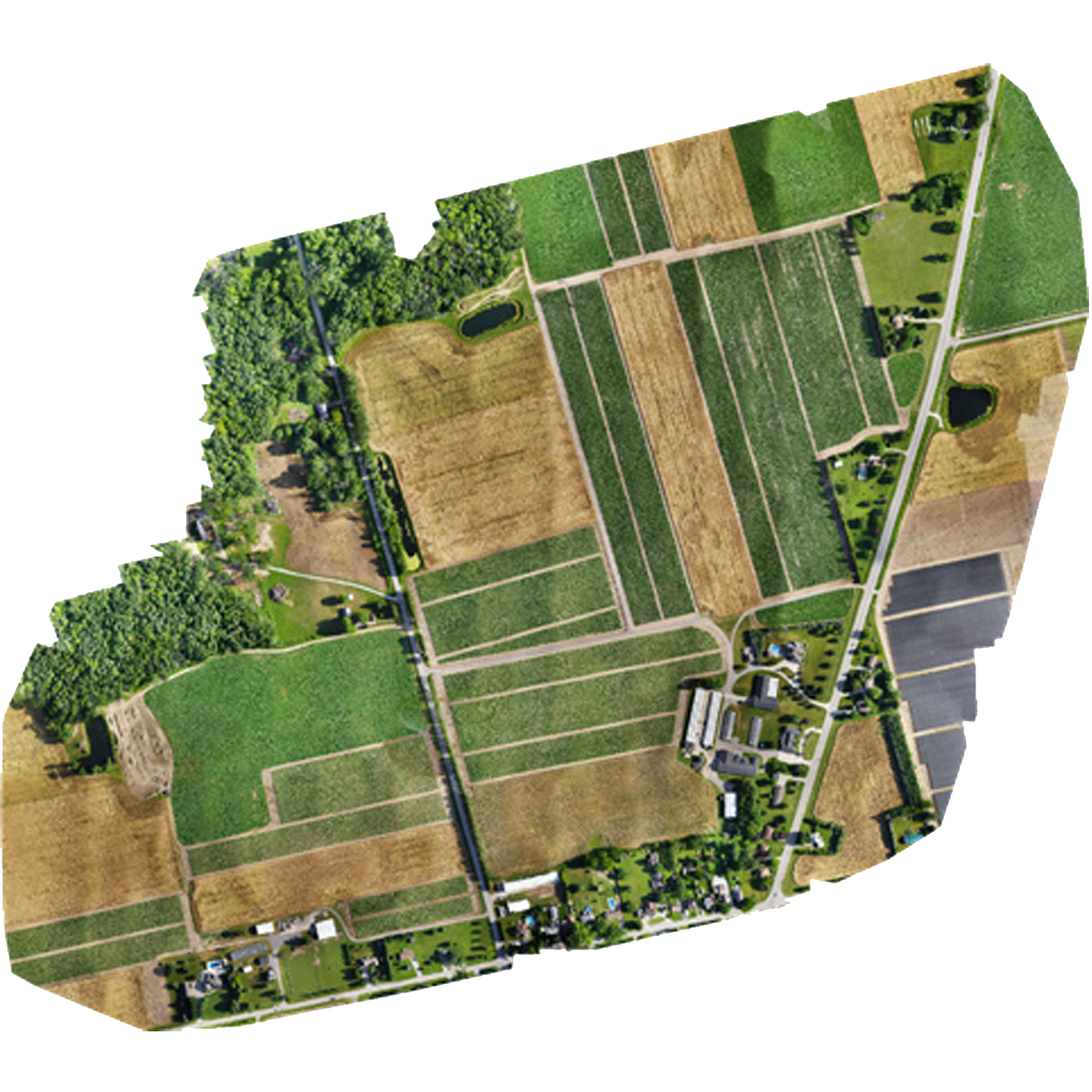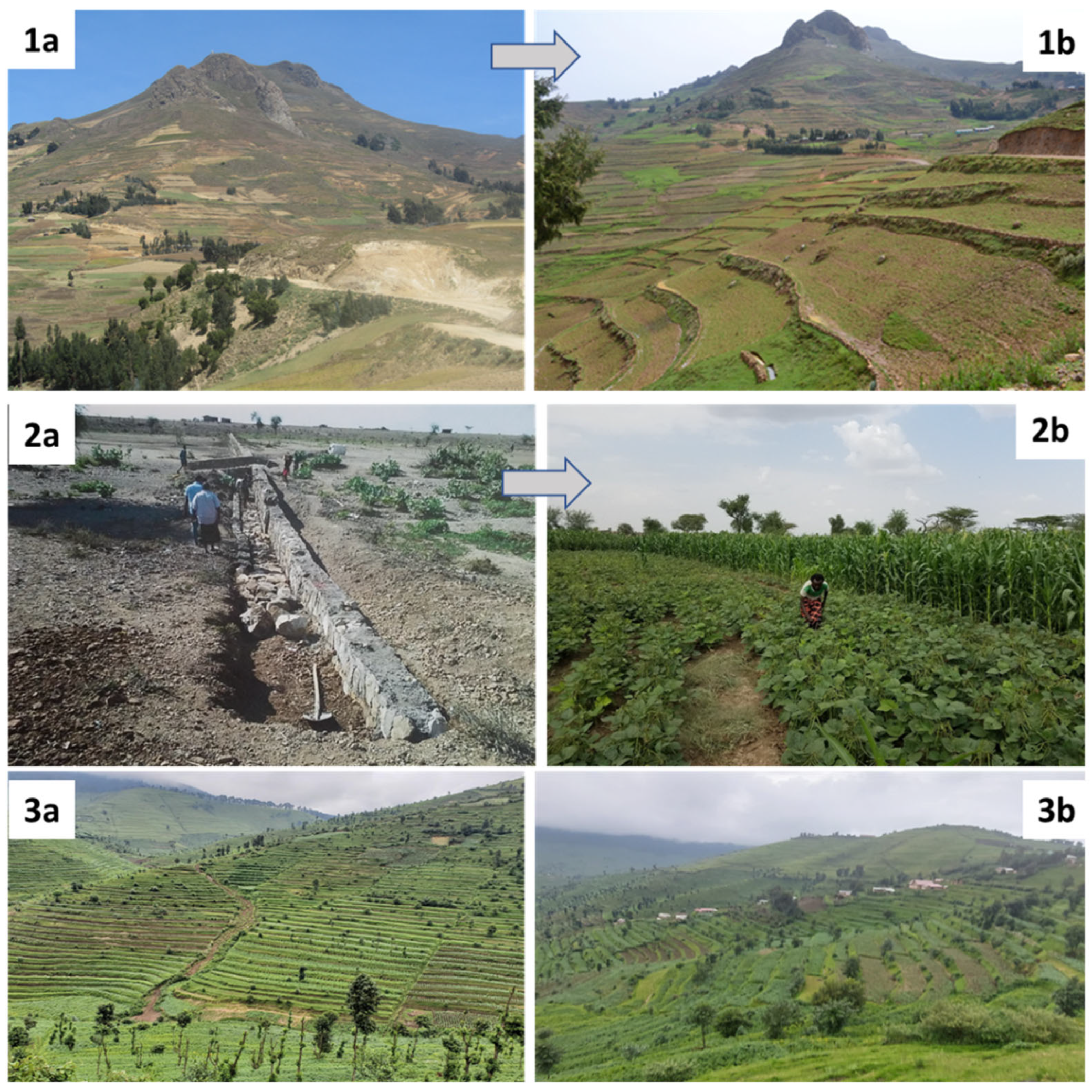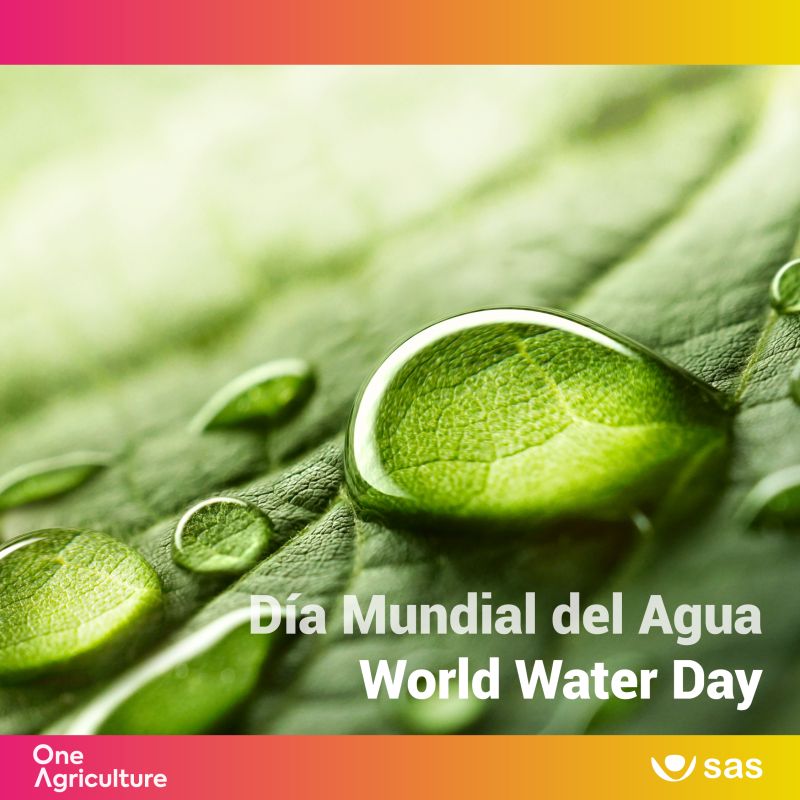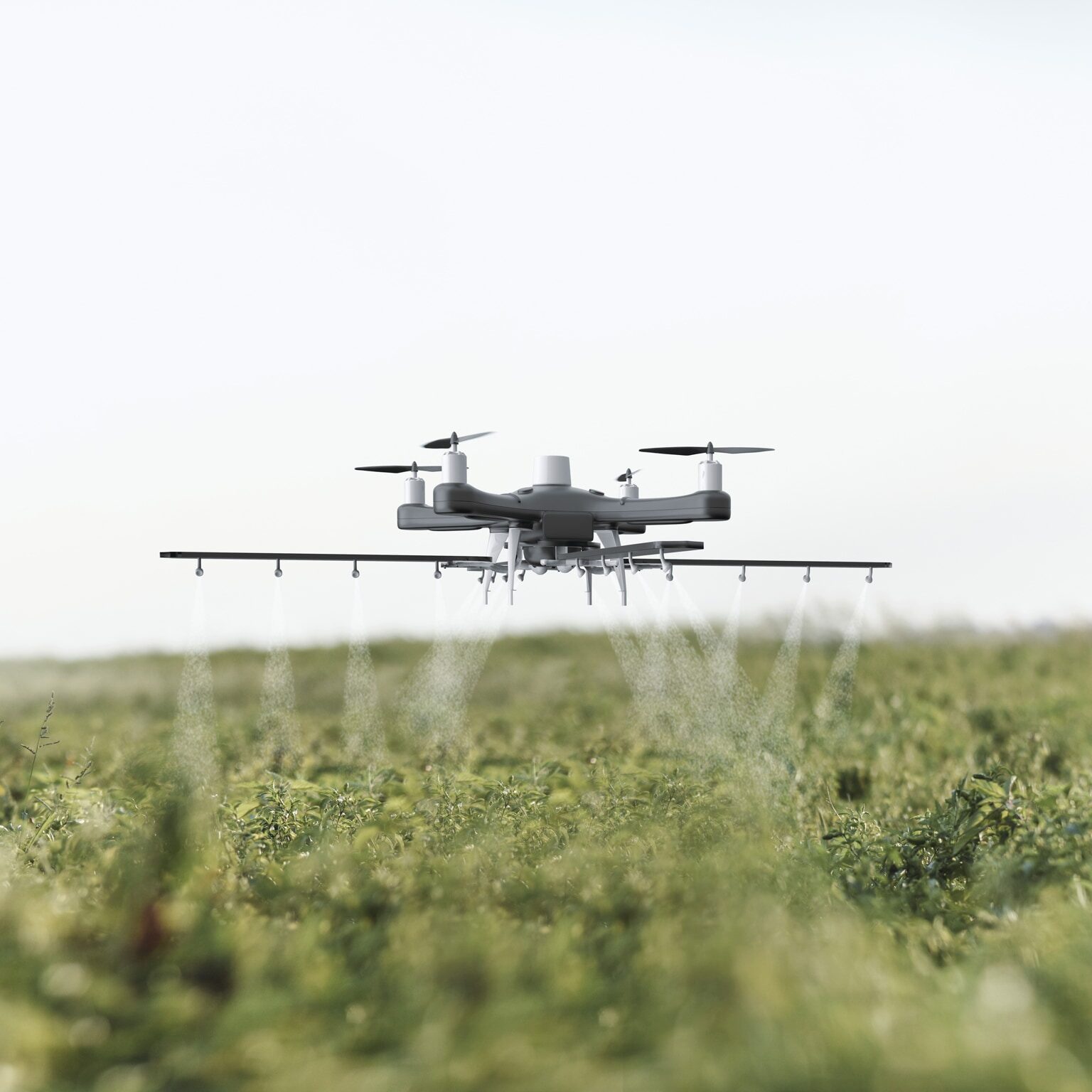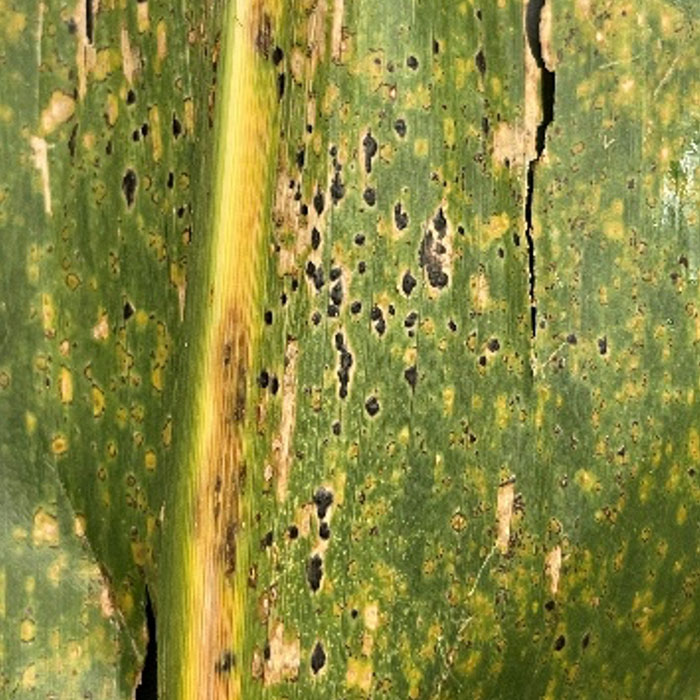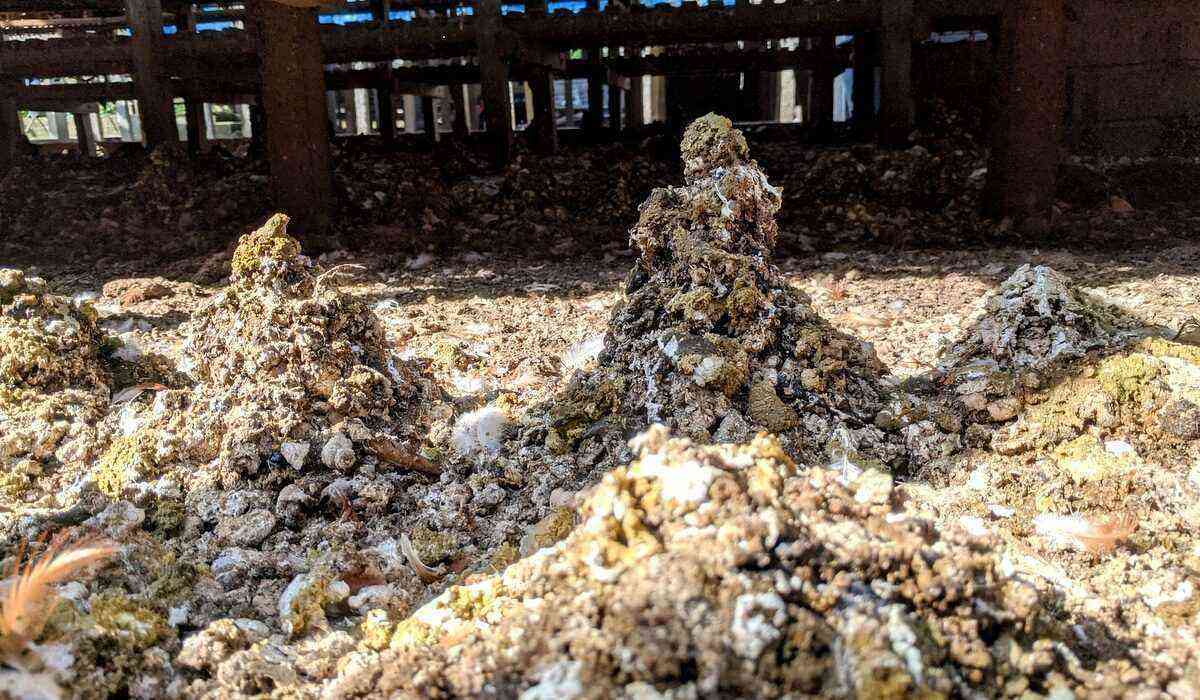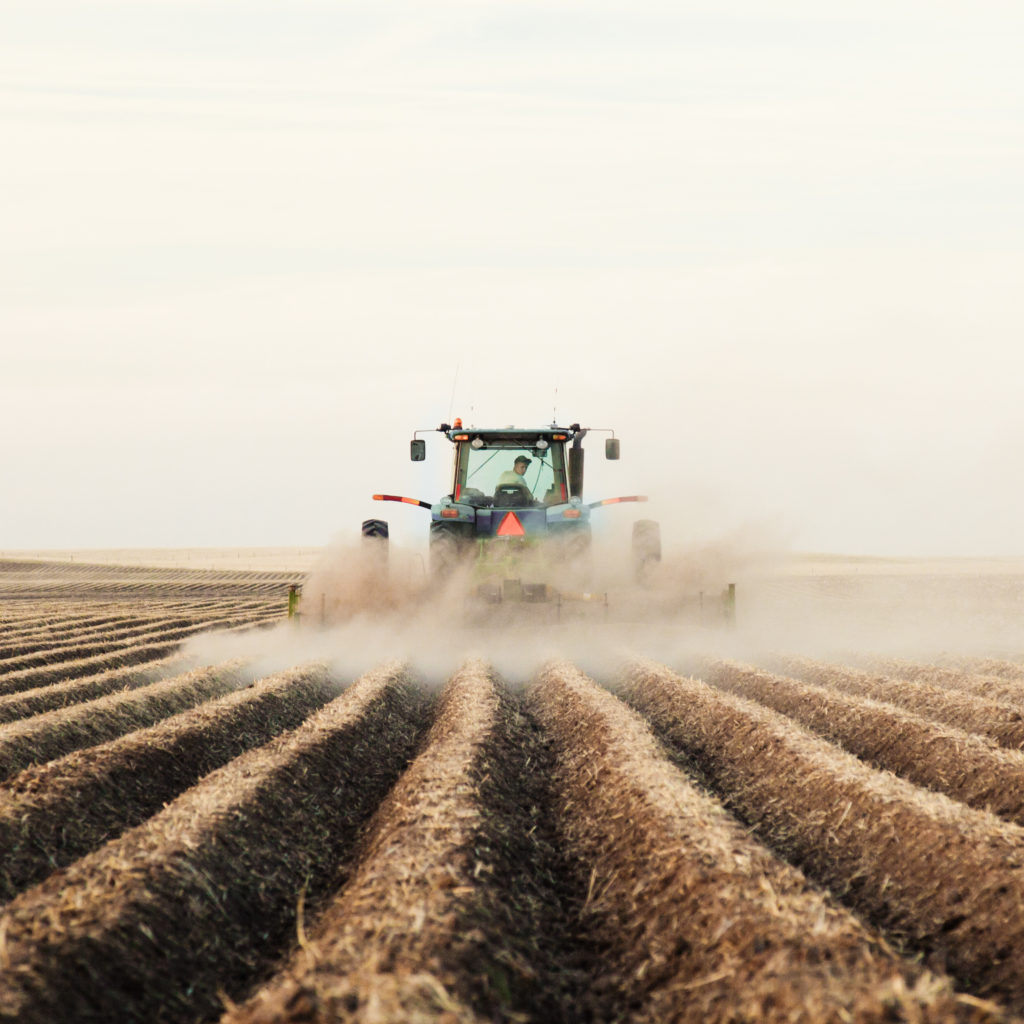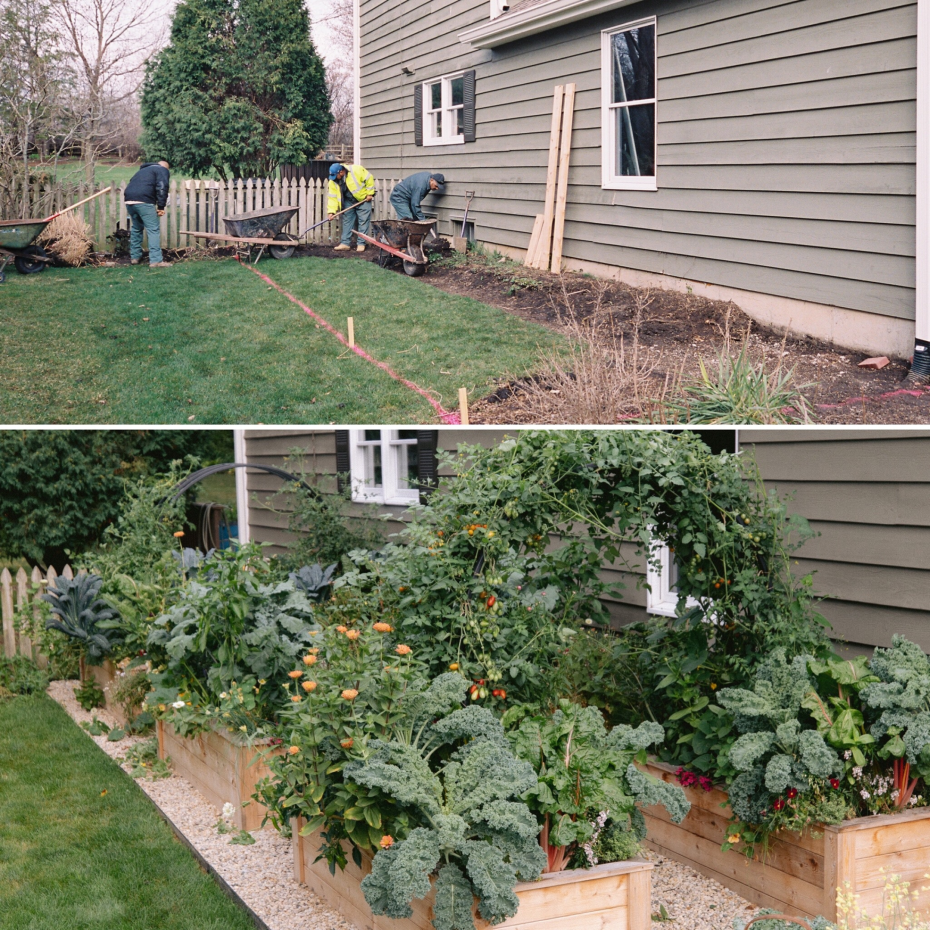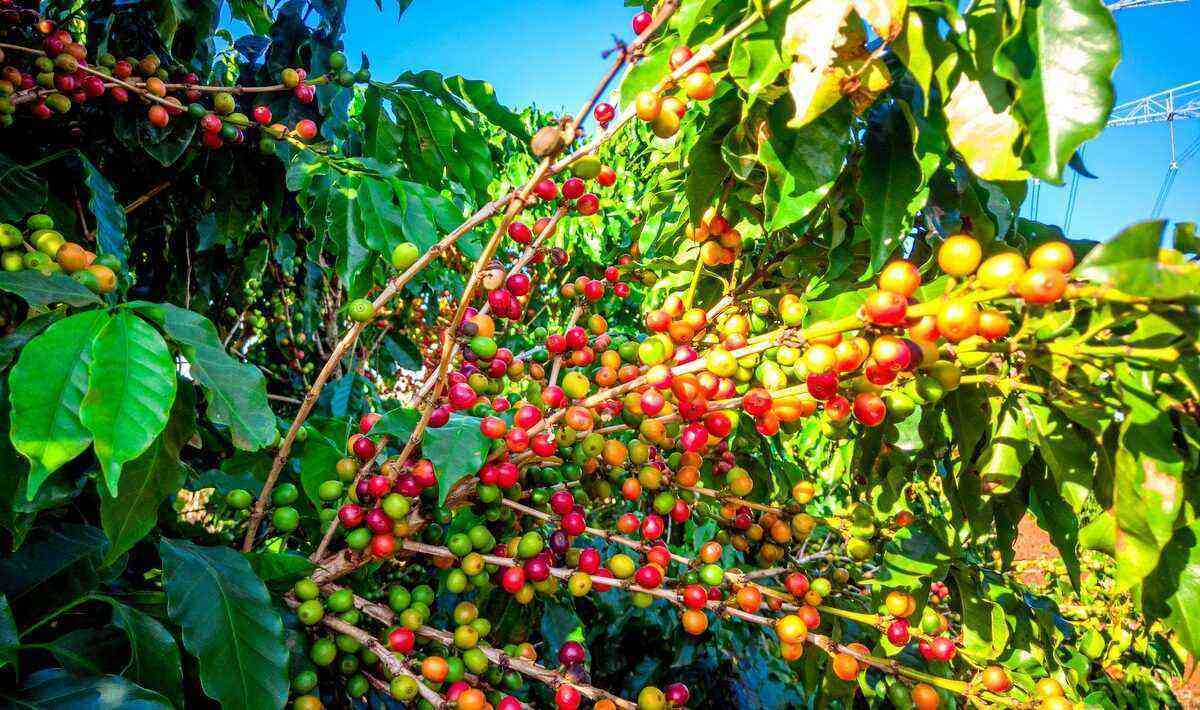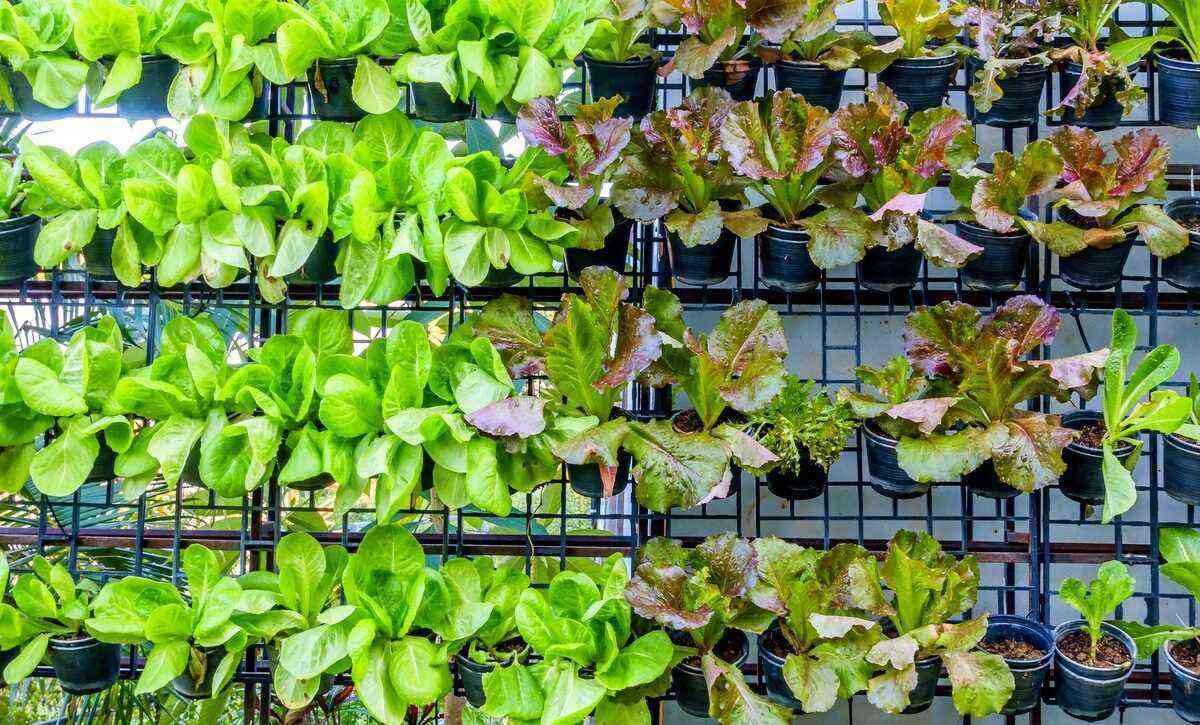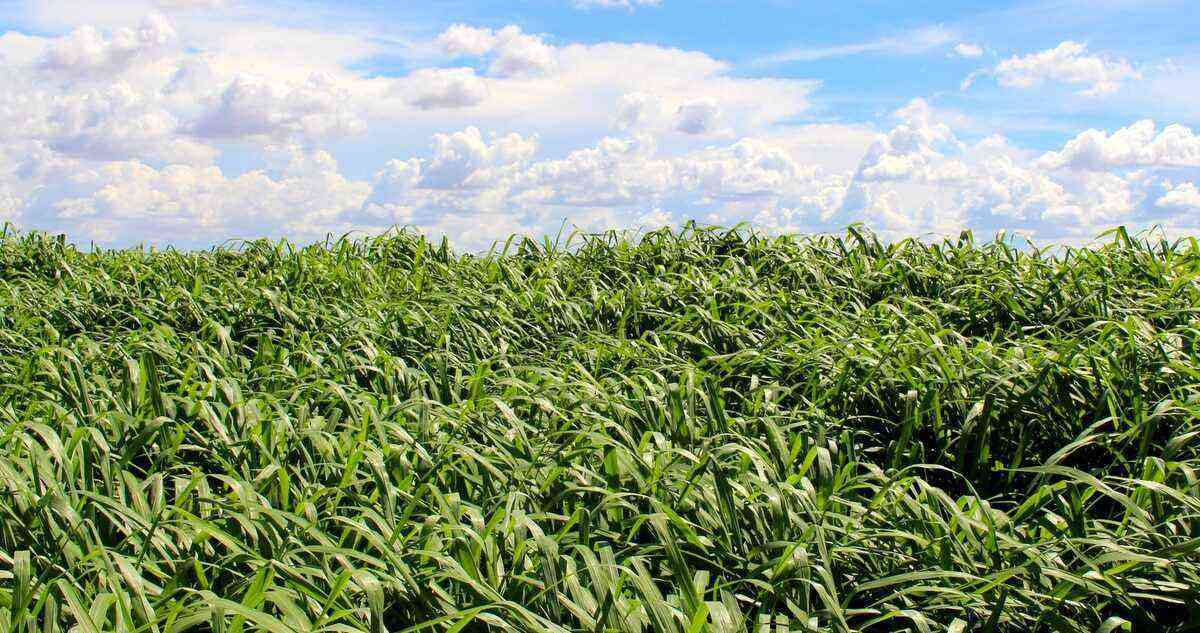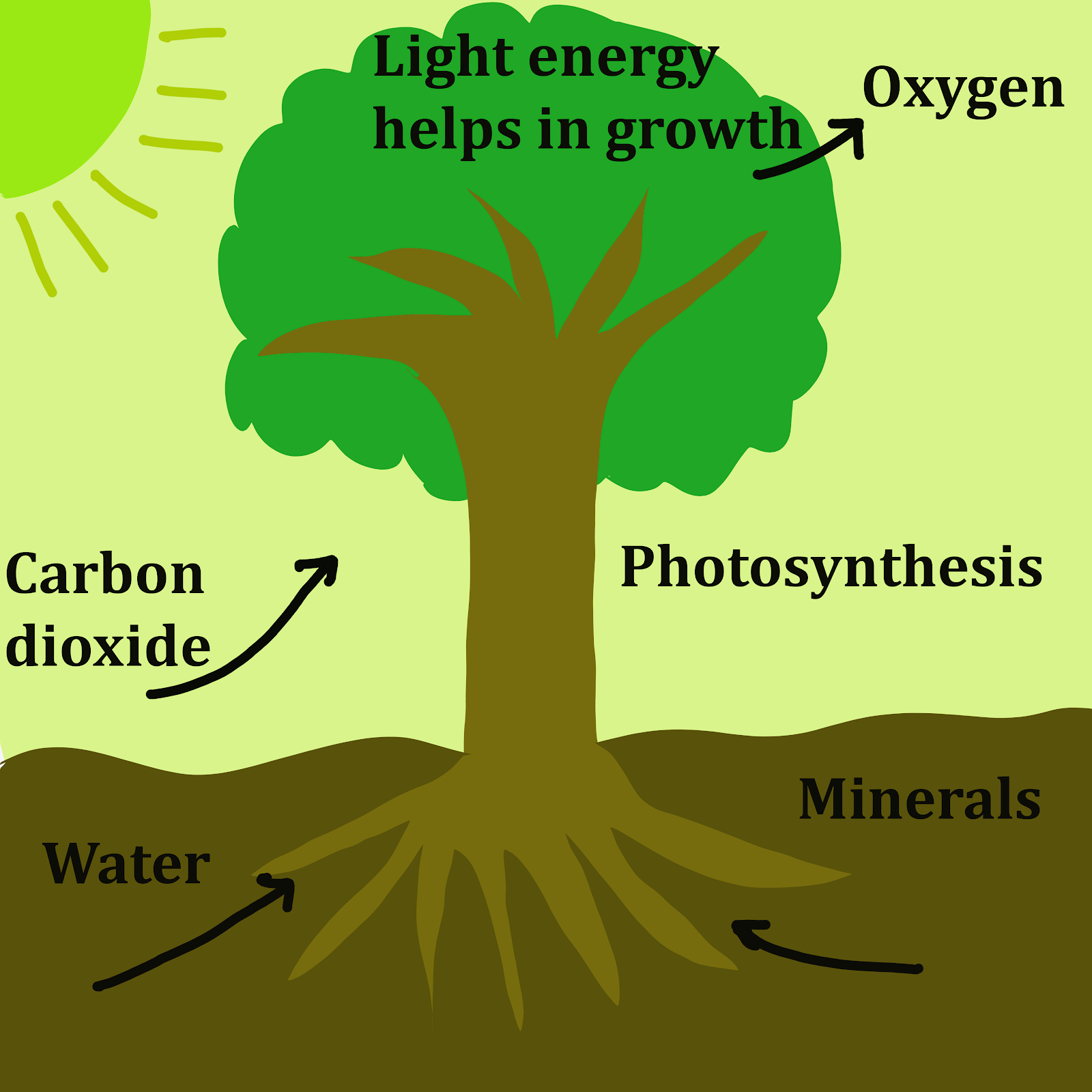It is a fact that working in the field can be considered arduous. This has occurred, mainly, since the earliest times, when many technologies did not exist. The good news is that this reality is gradually changing.
This is due, for example, to the introduction of mechanized harvesting in several plantations. In the case of farming industrial tomato, it is possible to notice good yields and greater agility compared to manual harvesting.
More and more it is possible to notice mechanized harvesters being used as a substitute for the manual way of harvesting, in order to offer several benefits that can impact the financial health of the producer.
In the case of tomato production being directed to industries, mechanized harvesting has become the best solution for this raw material to reach the factories faster to be processed.
What is mechanized harvesting?
To understand in a simple way, mechanized harvesting is the use of machines that harvest the products planted in the field. The equipment used for this task is known as harvesters or harvesters.
In short, it is through them that it is possible to achieve great results. It is important to note that there is a difference between mechanized and semi-mechanized.
Although many people confuse the terms, both are linked to the way machines operate:
- Mechanized Harvest: when harvesting is carried out only by the responsible machine;
- semi-mechanized harvest: when mechanized harvesting shares the work with people.
As can be seen, mechanized harvesting in many crops does not take the work out of all or the vast majority of rural workers. What happened is that the heavy work, performed by man, started to be done by machines or, at least, shared with them.
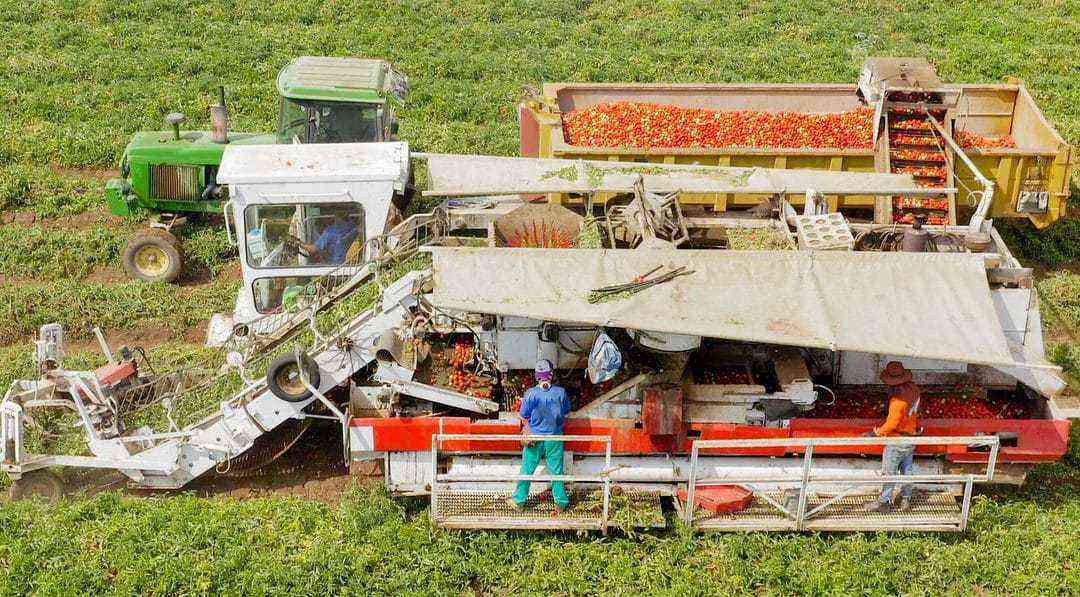
With the mechanization of the harvest, the man started to share the task with the machines in the farming, with many advantages.
Most advantageous aspects of harvesting tomatoes in a mechanized way
In the specific case of the tomato producer, the harvest started to be carried out with much more efficiency in a mechanized way. To exemplify, the benefits can be felt directly in:
- Reduction of production cost;
- Greater agility and productivity;
- Harvest efficiency;
- Reduction of production loss;
- Increase in the quality of the product to be harvested.
Industrial tomato crop care
But, for the mechanized harvest to be used, the producer must adopt some actions, mainly linked to the choice of the area where the industrial tomato will be planted.
In addition to the topographic conditions of the soil, it is also necessary to emphasize the climate of the region and the cleanliness of the area.
In an environment where the soil does not have the ideal conditions mentioned above, the harvester stems may carry, together with the industrial tomato, a certain amount of impurities that will be directed to the mechanisms of the machine.
Thus, in addition to mixing the tomato with all the debris present in the soil, at the time of harvest, there are also great risks of damaging the equipment and starting to reduce its quality and productivity.
No video below, see how the industrial tomato harvesting process works:
Source: Mechanization of Agriculture.
A study carried out by the municipality of Morrinhos/GO detected that, during the operation, the harvester worked with the rotation of an engine at 1900 rpm.
The average operating speed was 4,1 km/h. To quantify losses, a template with an internal area of 2,5 m² was used.
The losses were, in fact, constituted by the fruits that did not detach from the branch, after the moment in which there was the passage of the trail. Natural losses and losses on the platform where the body occurs were not accounted for.
Anyway, there was a result that there was no significant loss effect, since the ground was prepared and the machine properly adjusted for that operation.
See another interesting video of the mechanized tomato harvesting process, filmed by a drone and sent by agricultural technician Mateus Henrique Nunes Ferreira.
Mechanized harvesting of industrial tomatoes. Source: MF Rural
Optimal setup of mechanized tomato harvesting
In short, the mechanized harvest in the industrial tomato crop is indicated to be carried out with a higher vibration. Since, in this way, it shows up with a much more efficient result in the harvest.
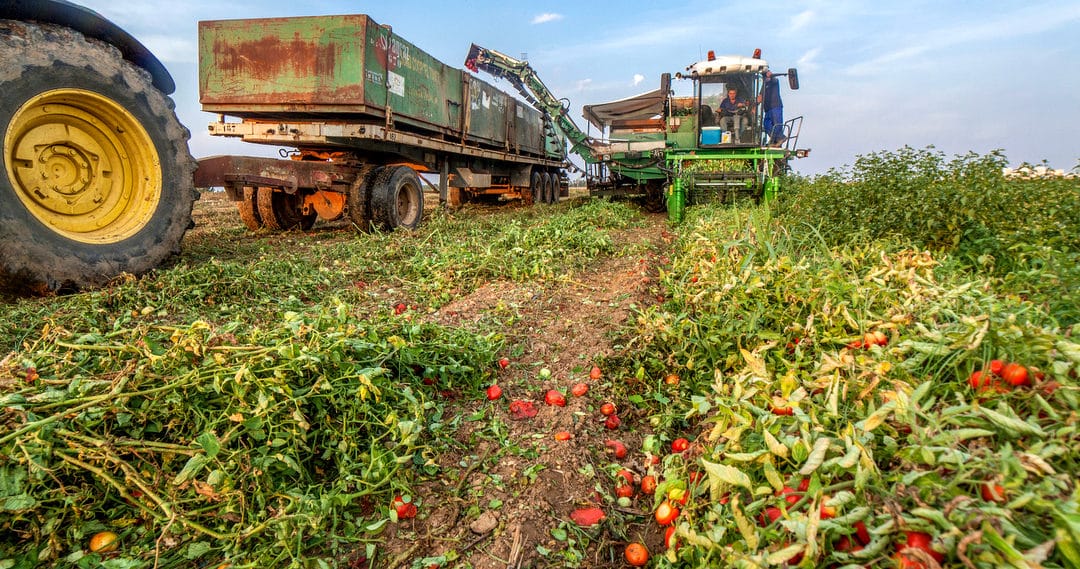
Despite the mechanization, losses also occur during the industrial tomato harvest.
The losses mentioned earlier in the research occurred when the machine vibration was 0,83 Hz.
Therefore, with a higher vibration (in the study carried out in Morrinhos, a vibration of 2,5 Hz was used), the loss can be much smaller, approaching 4,91 t ha¹.
To understand better, the tomato needs to be removed from its branches and this cannot be done in such a superficial way. This “detachment” depends on several strokes of the track rotor rod.
With a higher vibration and properly regulated, the amount of blow is less and thus, there is greater efficiency in the harvest.
Variety of tomatoes and ripening point
It is important to emphasize that the existing variety of tomatoes, as well as any other fruit, can directly impact the time of mechanized harvesting.
The reason is that there are some types that really come off the branches much more easily.
Check out our article on industrial tomato production in Brazil.
Thus, it does not need as many blows and there can be a lower frequency of vibration. Another issue that can influence is the point of maturation.
When it is somewhat late, there is a tendency to have more serious damage, especially when the vibrations are higher.
Is mechanized harvesting worth it?
Given this information, it is valid to say that mechanized harvesting, especially in the case of industrial tomato farming, is beneficial and can indeed be extremely useful.
However, it is always necessary to observe these mentioned characteristics and to take the necessary care to avoid general losses and damages.
See also: Importance of vegetables in family farming
